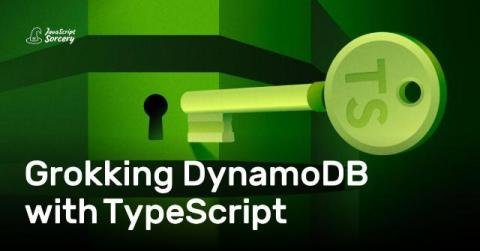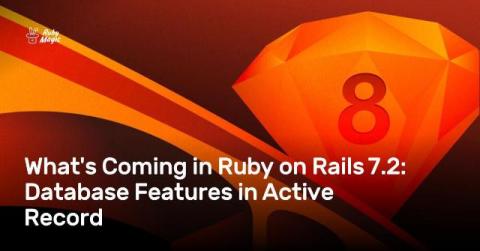Monitor Node.js AMQP Brokers with AppSignal
AppSignal's Node.js package now offers out-of-the-box support for the AMQPlib package, enabling monitoring of inbound and outbound messages from popular Advanced Message Queuing Protocol (AMQP) brokers like RabbitMQ. In this article, we'll show you how to set up and use AppSignal to monitor your AMQP broker's performance.











